Check out Melissa's tips:
What is Imaginative Play?
Imaginative play is playing pretend. Imaginative play is important for young children, as it not only builds character, but also helps adults understand children’s perspective and how they view and take in the world around them. When caregivers understand a child’s perspective, caregivers can be a better resources for them.
Why is Imaginative Play Important?
Many times, adults thinks that imaginative play is just for the children, when in fact it is for everyone. During imaginative play, you get to be anyone, anything, be any place and experience life outside of reality. During imaginative play you get to be free.
Through imaginative play children learn critical thinking skills, how to follow simple directions, build expressive and receptive language, increase social skills and learn how manage their emotions.
While children can handle exploring imaginative play alone with their thoughts and experiences, caregivers can play a key role in helping scaffold a child’s development. For example, imaginative play might begin with you and your child and just a baby doll. The caregiver plays the role in adding words or actions to the play such as do you think your baby is hungry? That will prompt the child to feed the baby. Now we have a baby and food. Next, the caregiver might say, the baby made a mess with the food, what do you think we should do? This question prompts the child to think whether to clean the baby by washing the baby or just changing the baby’s clothes. Another example, the caregiver can say, “I think I smell something, could it be your baby?” This will prompt the child to smell the baby and change. Now we, have a baby, food and a diaper.
How to Incorporate Imaginative Play at Home?
Incorporating imaginative play into your routine at home helps promote the parent-child relationship. Since bath time is already a routine for children, caregivers can add imaginative play to bath time. Adding imaginative play to bath time can be done by simply adding items such as a baby doll, small cars or cups from the kitchen. Washing the baby can help children identify different body parts and understand the difference between clean and dirty, while adding vocabulary words such as wash, soap, towel, water, clean, dirty. The same as washing the cars, children get a sense of how cars are changing from dirty to clean. For the cups, children can experience filling and dumping the water in and out of the cup. Adding vocabulary words such as filling, dumping, full, and empty. Remember imaginative play can be planned or spontaneous.
Easy Activities for Home
- Singing Concert
- Materials needed: any safe objects like wooden spoons or pots and pans to use while you and your child sing and dance to their favorite song.
- Baby doll playtime
- Materials needed: a baby doll or soft stuffed item.
- Bus stop
- Materials needed: a chair, the couch and paper to use as money.
Tips for Halloween
When it comes to celebrating Halloween, children have the opportunity to live out their imaginative play fantasy by dressing up and becoming their favorite tv character. When picking costumes this holiday season, caregivers should become knowledge of the character that their children pick so that they can ask questions to keep the playing and learning going.
If you are going treat or treat, remember before leaving the house to give your child rules that they must follow while out in the public so that they can play safely. Giving your child the rules before leaving shows you are trusting them to be responsible. For example, caregivers can use character as the example on how following rules is important. For example, “I am expecting you to be a responsible superhero.” Or when the child is doing something outside of the rules, caregivers could say, “I wonder what will Spiderman do if his mother saw him doing that?
If the weather is too hot/cold/rainy for Trick or Treating this Halloween, you can still incorporate dressing up and imaginative play in other ways to still enjoy Halloween:
- District Park Halloween party
- Neighborhood Truck trick or treat
- Family Bowling night with character
- Family party at home (dress up)
- Movie night with the family watching Halloween movie
- Cooking with family


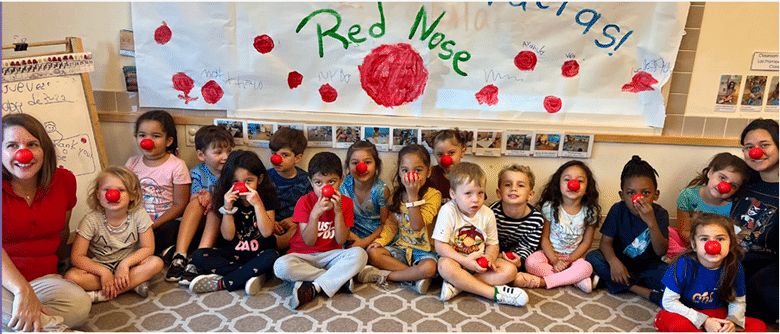
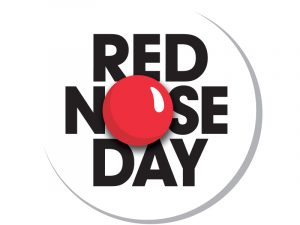
 For over 40 years, Start Early has worked directly with families and children from before birth to entry into kindergarten. We
For over 40 years, Start Early has worked directly with families and children from before birth to entry into kindergarten. We 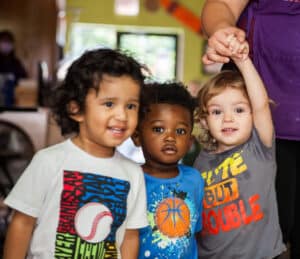 Early childhood educators serve young children in their most critical developmental years and
Early childhood educators serve young children in their most critical developmental years and 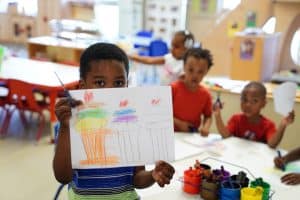
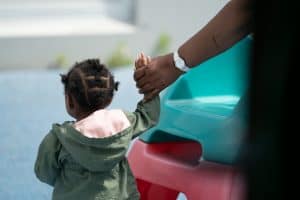
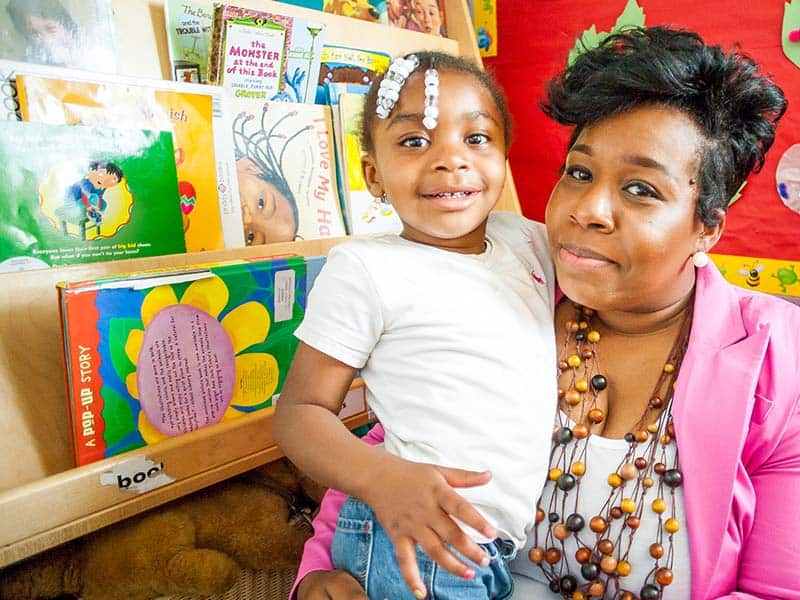
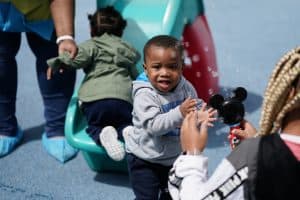
 The Saul Zaentz Charitable Foundation is deeply committed to creating standards of fairness and a level playing field for those living in poverty and adversity by supporting equal treatment through high quality early childhood learning and improving K-12 and college graduation rates. Founded in 1997, the Foundation is focused on opportunities that support educational advancement.
The Saul Zaentz Charitable Foundation is deeply committed to creating standards of fairness and a level playing field for those living in poverty and adversity by supporting equal treatment through high quality early childhood learning and improving K-12 and college graduation rates. Founded in 1997, the Foundation is focused on opportunities that support educational advancement.
